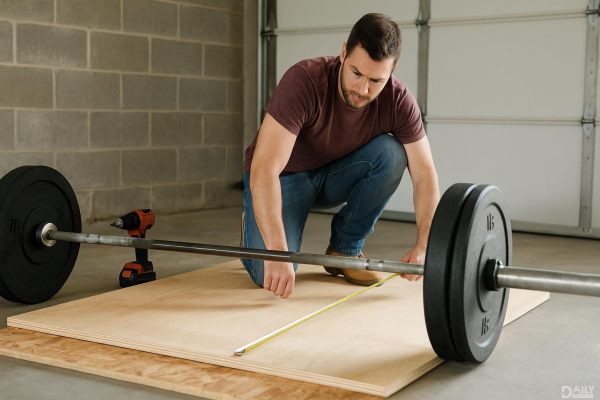Lashing poles might not be the first thing that comes to mind when you think about sturdy structures or secure loads, but trust me—they’re the unsung heroes of stability. These bad boys work like the glue that holds everything together, distributing weight, reducing stress points, and preventing catastrophic shifts. Whether you're securing cargo on a truck, reinforcing scaffolding, or even setting up a killer backyard DIY project, lashing poles are the secret sauce for keeping things tight and right.

At their core, lashing poles are all about physics—specifically, tension and compression. When you strap something down with a lashing pole, you're not just tying a knot and calling it a day. You're creating a system where forces are evenly distributed, preventing weak spots that could lead to buckling or collapse. Think of it like a spiderweb: each strand supports the others, making the whole thing way stronger than any single thread. That’s why construction crews, movers, and even military logistics teams swear by them. A well-lashed load doesn’t just stay put—it stays safe.
Before lashing poles became a go-to, people relied on ropes, chains, or even just hoping for the best. The problem? Ropes stretch, chains can snap under uneven pressure, and "hoping for the best" is basically a disaster waiting to happen. Lashing poles eliminate guesswork by providing rigid support that keeps loads from shifting unpredictably. Plus, they’re adjustable, meaning you can fine-tune tension as needed. No more sketchy, wobbly stacks—just rock-solid stability.
Sure, lashing poles are a must for shipping and construction, but their versatility is wild. Ever seen those temporary stages at music festivals? Lashing poles keep them from collapsing mid-performance. Camping enthusiasts use them to reinforce tents in high winds. Even disaster relief teams rely on them to stabilize emergency shelters. Basically, anywhere you need something to stay put under pressure, lashing poles are your best bet.
Not all lashing poles are created equal. Material matters—aluminum is lightweight but strong, while steel is unbeatable for heavy-duty jobs. Length and diameter also play a role; too thin, and it might bend, too thick, and it’s overkill. And don’t forget about the locking mechanism. Ratchet systems offer precision, while friction-based locks are quicker to adjust. The key is matching the pole to the job, because using the wrong one is like bringing a butter knife to a sword fight.
Even the best lashing pole won’t help if you’re using it wrong. First, always inspect for damage—cracks or bends mean it’s time for a replacement. Second, angle matters; positioning poles at 45 degrees creates optimal tension. And third, don’t overtighten! Too much pressure can warp the pole or whatever it’s securing. A little finesse goes a long way. Oh, and keep a spare handy, because Murphy’s Law loves to strike at the worst possible moment.
So next time you’re staring down a wobbly load or a sketchy structure, remember: lashing poles are the invisible backbone keeping everything from going sideways. They’re simple, they’re effective, and they’re the difference between "that’s not going anywhere" and "why is my cargo scattered across the highway?" Don’t sleep on them—your safety (and sanity) will thank you.
























